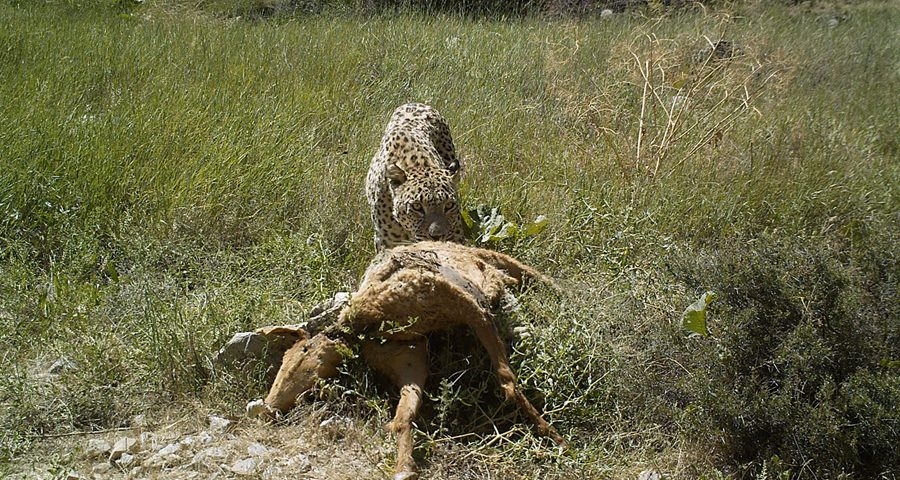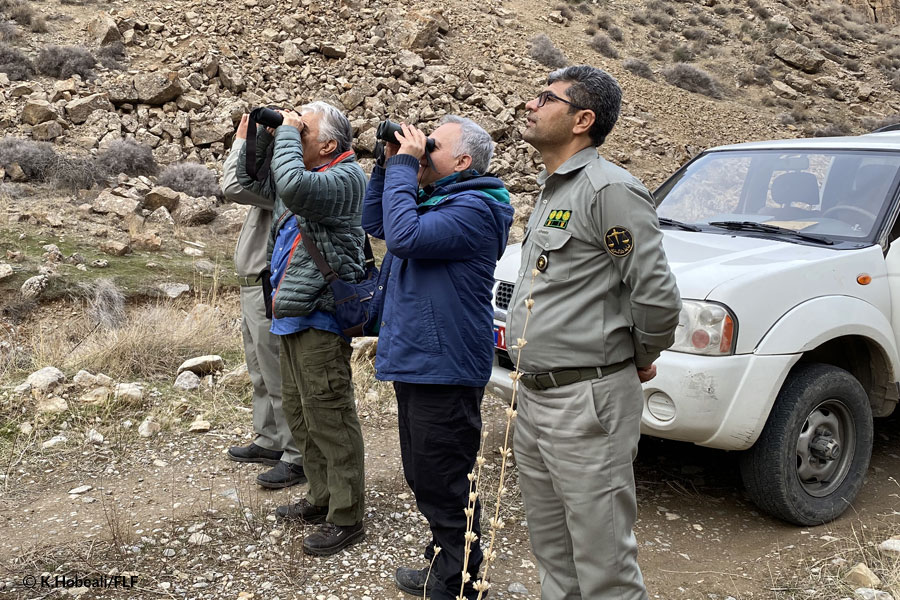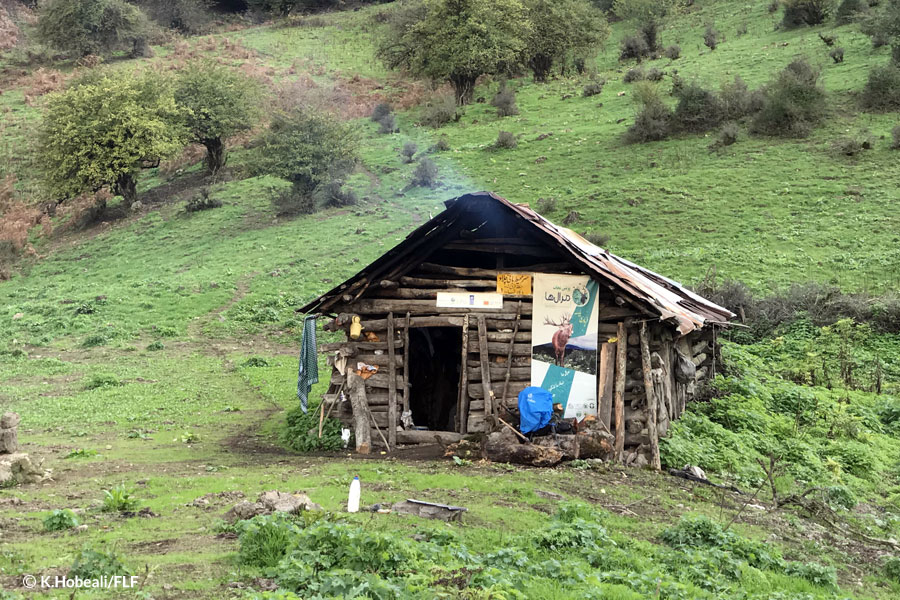Study of leopard predation patterns in northeast Iran

Ors-Sistan Protected Area: seminra held forlocal hunters
May 26, 2016
Borzou spotted again
August 14, 2016During 2014, a few hundred fecal samples were collected to gain a better understanding of the dietary patterns of leopards across three national parks in northeastern Iran – Tandoureh, Sarigol, and Salouk. Elmira Sharbafi, a recent Master’s degree graduate in biodiversity management whose thesis on leopard food habits in Iran made use of fecal analysis, joined the Foundation to share her expertise with us. In addition, Iran’s Department of the Environment laboratory has generously hosted the reports and data collected.
Thus far, more than 300 fecal samples have been analyzed. Such findings are an essential ecological aspect of our Foundation because they shed light on the importance for leopard survival of different prey species across three National Parks. Also, the research findings enable us to explore the extent and intensity of human–leopard conflict, allowing suitable actions to be taken to halt any threats.






